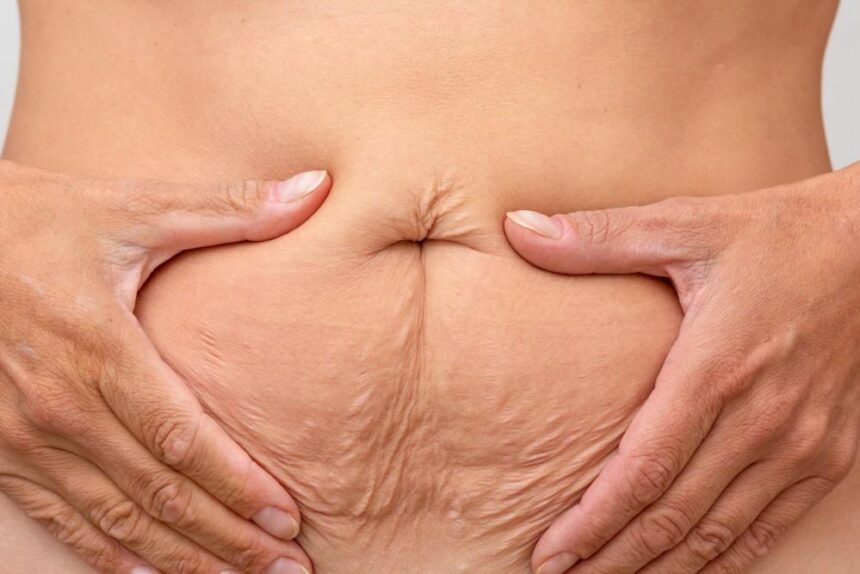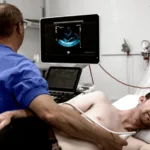Losing a significant amount of weight is a tremendous accomplishment, one that often results in both physical and emotional rewards. Weight loss journeys often leave behind excess, loose skin, particularly in the abdominal area. For those seeking a smoother, firmer silhouette, a tummy tuck, also known as abdominoplasty, may be the solution you’re looking for.
Why Loose Skin Happens
After substantial weight loss, your skin may not shrink back to match your new body contours. This occurs because skin’s elasticity decreases over time. Factors such as age, genetics, and the rate at which weight is lost can all influence the degree of sagging.
When the body gains weight, the skin stretches to accommodate the increased size. Rapid or significant fat loss doesn’t guarantee the skin will return to its original state. This is particularly common in areas like the abdomen, where stretched skin often results in an unwanted “overhang.” For many, this loose skin creates not only an aesthetic concern but can also lead to physical discomfort or hygiene challenges.
What a Tummy Tuck Does
A tummy tuck is a surgical procedure designed to remove loose skin and excess tissue from the abdominal region. Here’s what it typically involves:
- Skin Removal: The primary goal is to remove excess skin, resulting in a tighter and more toned appearance.
- Muscle Repair: If necessary, the surgeon can also address weakened or separated abdominal muscles (a condition known as diastasis recti) during the procedure.
- Improved Contours: By flattening and smoothing the abdominal area, a tummy tuck enhances your body’s overall shape.
- Refined Results: The procedure can provide long-lasting outcomes when combined with a healthy lifestyle, allowing you to fully enjoy the benefits of your weight loss.
This surgical option serves as a solution for individuals whose skin and tissue cannot naturally adapt to new body contours.
Who Makes a Good Candidate
A tummy tuck is not a one-size-fits-all solution; it’s necessary to assess whether the procedure aligns with your needs and goals. Good candidates typically share certain characteristics, such as being individuals who have reached a stable weight. If you’re still working on losing weight or planning to become pregnant in the future, it’s best to delay surgery to achieve the most effective and lasting results.
Candidates are also in good overall health. Since a tummy tuck is a major surgical procedure, a strong baseline of physical health is beneficial for optimal healing and recovery. Realistic expectations about what the surgery can achieve are helpful. While the procedure can refine your abdominal contour, it is not intended for weight loss or to address broader issues, such as cellulite.
What to Expect After Surgery
Recovering from a tummy tuck takes time and care. Swelling, bruising, and discomfort are common during the first few weeks, with most people resuming light activities by this time. A compression garment may be necessary to reduce swelling and support the healing process. Scars will fade over time and are usually placed to remain hidden under clothing. Full recovery can take several months as swelling subsides and tissues return to normal, revealing the final results. Following your surgeon’s advice is beneficial for the best outcome.
Schedule Your Tummy Tuck Consultation
If loose skin after weight loss is preventing you from thoroughly enjoying your new body, a tummy tuck may be the next step toward restoring your confidence. This procedure allows the hard work you’ve invested in losing weight to shine through, providing a more refined and toned appearance. Schedule a consultation with a board-certified plastic surgeon to discuss your options, address your concerns, and move closer to the figure you’ve worked so hard to achieve.





